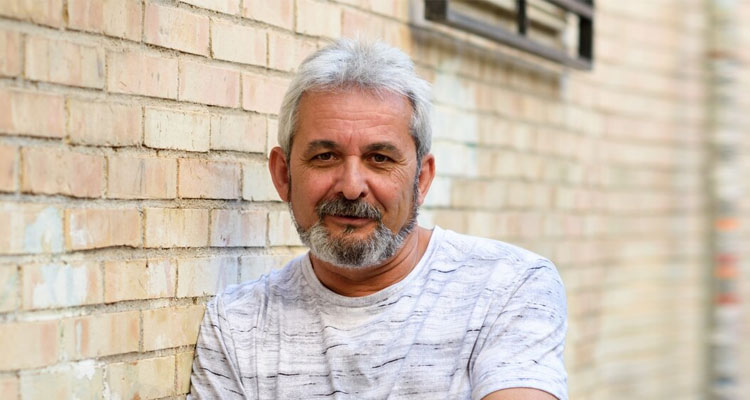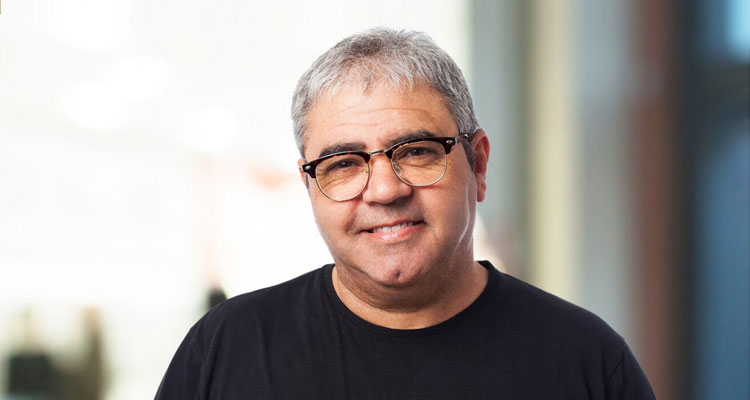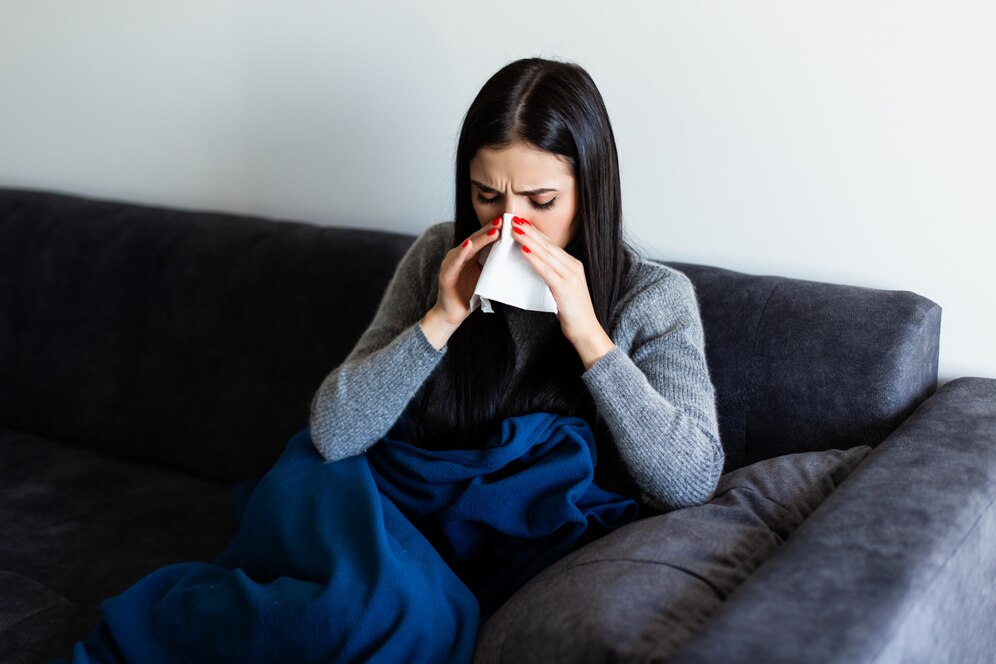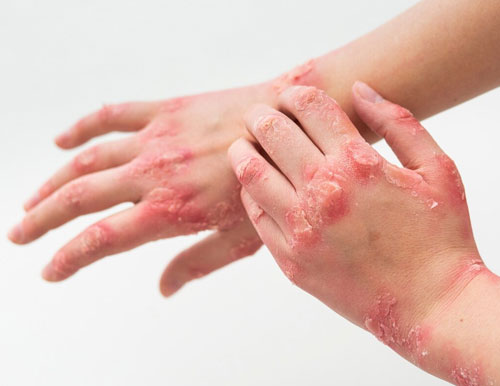Book an Appointment +91-95000 01177
Gangrene is a serious medical condition that occurs when loss of blood supply to leads to the death of body tissues. Infection, injury, or other underlying health conditions that restrict blood flow to a specific area of the body can lead to gangrene. Diseases like uncontrolled diabetes, atherosclerosis and untreated bacterial infections raises the risk of getting gangrene.
Though gangrene can occur in any part of the body, including internal organs, it is most often affects the limbs, fingers, and toes.
Gangrene needs immediate medical attention. If left untreated, it can spread to the blood stream and eventually lead to systemic infection (sepsis), organ failure, and death.
Gangrene is treated by controlling the infection and restoring blood flow to the affected area of the body. While in some cases amputation of the affected limb or tissue may be unavoidable to arrest the spread of infection, it can be avoided if gangrene is detected early and treated promptly.
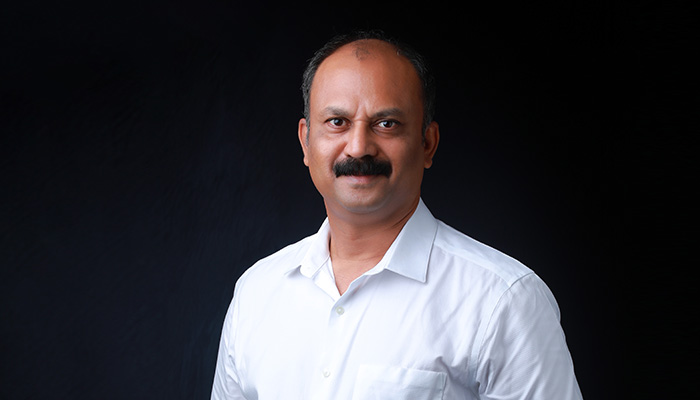
Schedule Your Healing Journey: Book an Appointment for Treatment.
Book an AppointmentUnderlying medical conditions that affect blood circulation can lead to gangrene if left uncontrolled. There are several conditions that affect the blood vessels that increase the risk, such as:
Diabetes: It is necessary to maintain healthy blood sugar levels without too much insulin. Insulin causes inflammation in the body. (Dia Drops help in controlling blood sugar). Diabetic patients should examine their hands and feet daily for cuts, wounds, sores etc.
Obesity: Excess body weight can put undue stress on the arteries. This can restrict blood flow increasing the risk of developing an infection and later gangrene.
Arterial diseases: Hardened and narrowed arteries (atherosclerosis) and blood clots also can block blood flow to the extremities like the fingers, toes, palms and feet.
Chemotherapy: Those undergoing chemotherapy or radiation therapy are immune-compromised and their body’s ability to fight off an infection is impaired.
HIV: Those infected with human immunodeficiency virus (HIV) ….
Autoimmune diseases: Autoimmune diseases cause blood impurity. The weakened immune system is susceptible to infections and …
Trauma or injury: Wounds that are traumatic, such as gunshot wounds or severe injuries from vehicle accidents, can cause bacteria to invade tissues deep within the body. When the infection is not treated, gangrene may occur.
Extreme weather: Exposure to frigid climes often causes the extremities like the toes and fingers to get frostbitten. Frostbite, if not treated promptly, can lead to gangrene.
Smoking: Long-term use of tobacco weakens blood vessels and can make one more susceptible to developing gangrene.
Types of gangrene
There are several different types of gangrene, and each condition has its own cause.
Dry gangrene: This type of gangrene occurs when blood flow is blocked to a particular area of the body. The skin may turn green, purple or black, and dry and wrinkled due to the lack of oxygen. Slowly tissues deteriorate and die causing dry gangrene.
Wet gangrene: This type is characterised with blisters and swelling. Wet gangrene comes from frostbite or severe burns. People with diabetes may develop wet gangrene after suffering a minor toe or foot injury.
Gas gangrene: This rare type usually occurs from an infection develops deep inside the body. Gas gangrene can appear at an area of trauma or recent surgery. The gas may cause the skin to have a “bubbly” appearance. Gas gangrene is an especially serious condition, as it can develop suddenly and without warning.
Internal gangrene: Internal gangrene can develop when blood flow to an internal organ is blocked or compromised severely. This usually affects the intestines, gallbladder, and appendix. Severe pain and fever is often observed in such cases.
Fournier’s gangrene: This form of gangrene is restricted to the genital organs. It’s caused by an infection in the urinary tract or the genitalia. Pain, swelling, discolouration and bad smell in the general area are the most common symptoms.
Progressive bacterial synergistic gangrene: This rare type of gangrene can develop after a surgery or operation. Skin lesions can develop around the affected area one to two weeks after the surgery.
High blood sugar levels damage nerves leading to a loss of sensation in the affected area. The numbness either leads to injuries or failure to notice the wounds and lesions.
Prolonged high blood sugar levels affect blood vessels and limit blood flow to extremities like the feet. The health and infection-fighting capability of the limb becomes severely compromised. In such a condition, wounds easily get infected and may not heal.
The chances for recovery are better if gangrene is identified early and treated quickly. Sometimes, the amount of tissue death is so extensive that a body part, such as the foot, may need to be amputated.
Gangrene can lead to scarring or the need for reconstructive surgery. Bacterial infection in the dead tissues can spread quickly to other organs and may turn fatal if left untreated.
At Punarjani’s, the treatment for gangrene is multi-pronged. The underlying cause is treated along with the affected body part. The patient’s liver is detoxified and general inflammation is brought under control. Empahsis is laid on bringing diabetes (prameha) and blood sugar levels under control.
Punarjani’s gangrene-related amputation avoidance programme is one of the best in the world. The treatment protocol addresses many of the underlying causes as well.
Treatment for diabetic-induced gangrene:
- Control diabetes
- Bring the body out of inflammation
- Detoxify the liver
- Improve blood flow to the affected area
- Heal wounds
- Prevent the infection from spreading.
Punarjani’s gangrene treatment is highly effective for patients suffering from unhealed wounds (wet gangrene) following an amputation.
Happy Customers
"I had been struggling with diabetes for years, and nothing seemed to work effectively until I discovered Dr. E. Shaji Raj's Ayurvedic Arka Medicines. They have been a game-changer for me. My blood sugar levels are now under control, and I feel healthier than ever. Thank you, Dr. Shaji Raj!"
-John"I was skeptical about trying Ayurvedic remedies for diabetes, but after giving Dr. E. Shaji Raj's Arka Medicines a try, I'm a believer. These medicines have helped me manage my diabetes without the need for excessive medication. I feel more energetic and vibrant. Highly recommended!"
- Sarah"As someone who has tried various treatments to control diabetes, I can confidently say that Dr. E. Shaji Raj's Arka Medicines are the real deal. They are not only effective but also safe and natural. I've seen a significant improvement in my health, and I'm grateful for these life-changing remedies."
- RajeshAll our medicines are 100% ayurvedic arka medicine
- Formulated in the unique style of DR. E. Shaji raj. They are not some weak supplements. They are able to stand alone and efficiently cure diseases.
- Our medicines are extracts of medicinal plants, herbs, roots, tree barks in their purest forms
- No heavy metals, preservatives, sugar, Bad strong taste, artificial colours or hidden x-factors
- Our medicines can be used along with modern medicines till such time you wean yourself off modern medicine.
BlogsIn The Infinity Of Life, Take Time Out For The Soul
Read all blogsWith the drastic and unpredictable change in the climatic condition and increasing pollution in our environment the incidence of Sinusitis are increasing in our Country.
Read MoreThis informative piece sheds light on the nature of this chronic autoimmune condition, its potential causes, symptoms, and available treatment options.
Read More